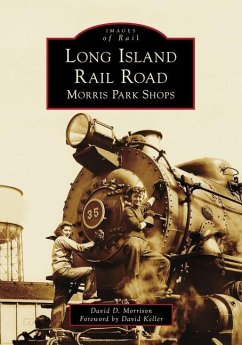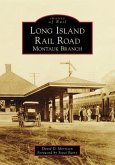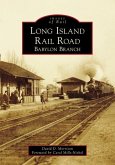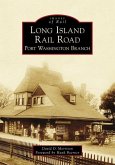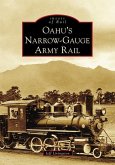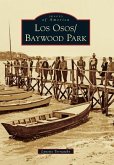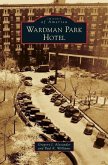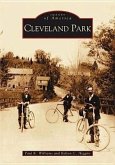David D. Morrison, retired Long Island Rail Road (LIRR) branch line manager and railroad historian, has compiled rare photographs to showcase the shops that power the LIRR, the busiest railroad in North America. The LIRR provides passenger rail service from Midtown Manhattan to to the far ends of Long Island at Greenport and Montauk. A vast operation such as this requires a huge fleet of locomotives and cars. The reliability of the fleet rests mainly upon the shop maintenance facility. The Morris Park Shops, opened in 1889 and closed in the early 2000s, provided over a century of maintenance and repair service, allowing the LIRR to develop and expand through the years. The complexity of the shop facility, from the days of steam locomotives to multiple-unit electric cars and diesel locomotives, is a fascinating chapter in LIRR history.
Bitte wählen Sie Ihr Anliegen aus.
Rechnungen
Retourenschein anfordern
Bestellstatus
Storno

